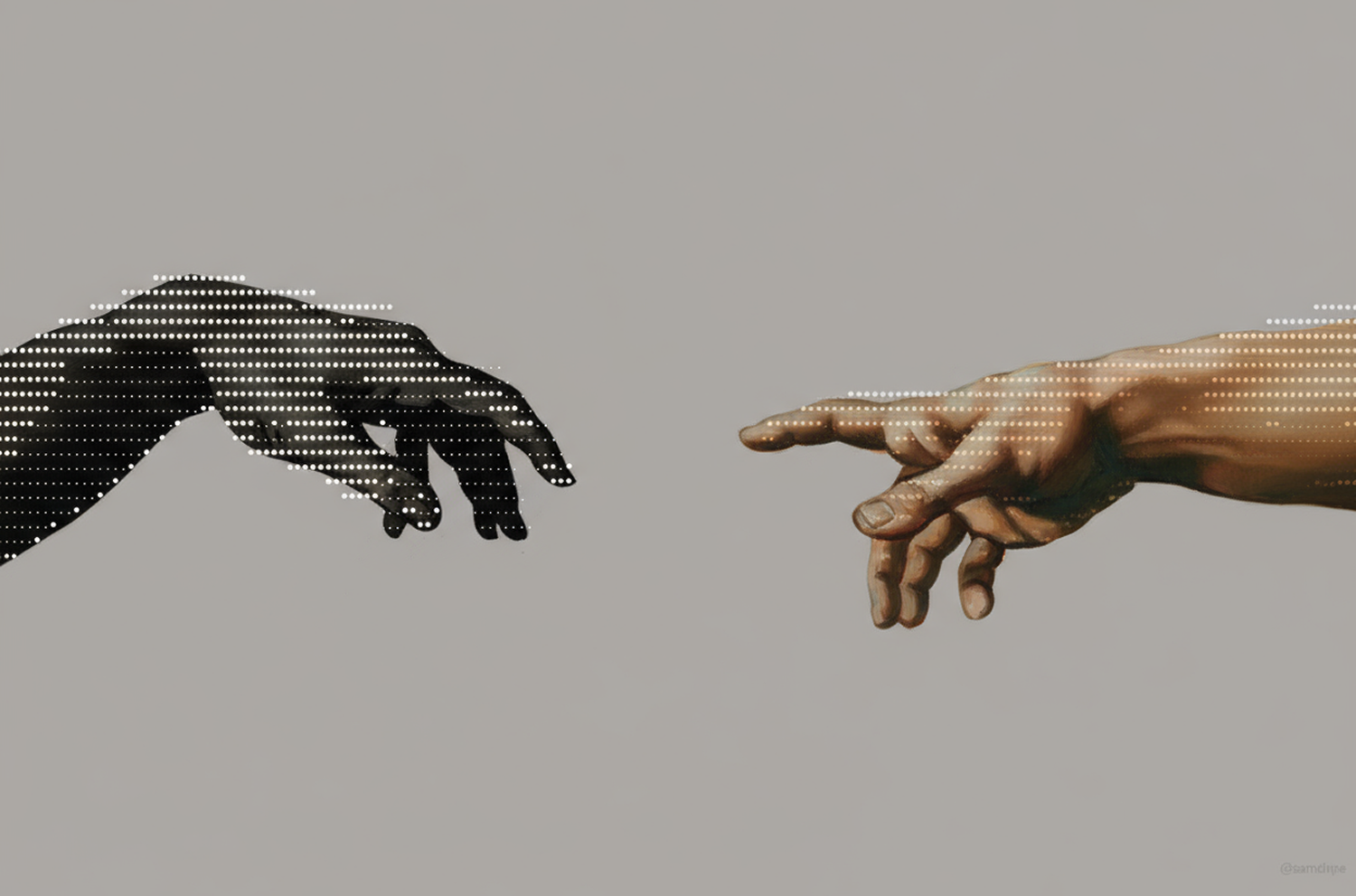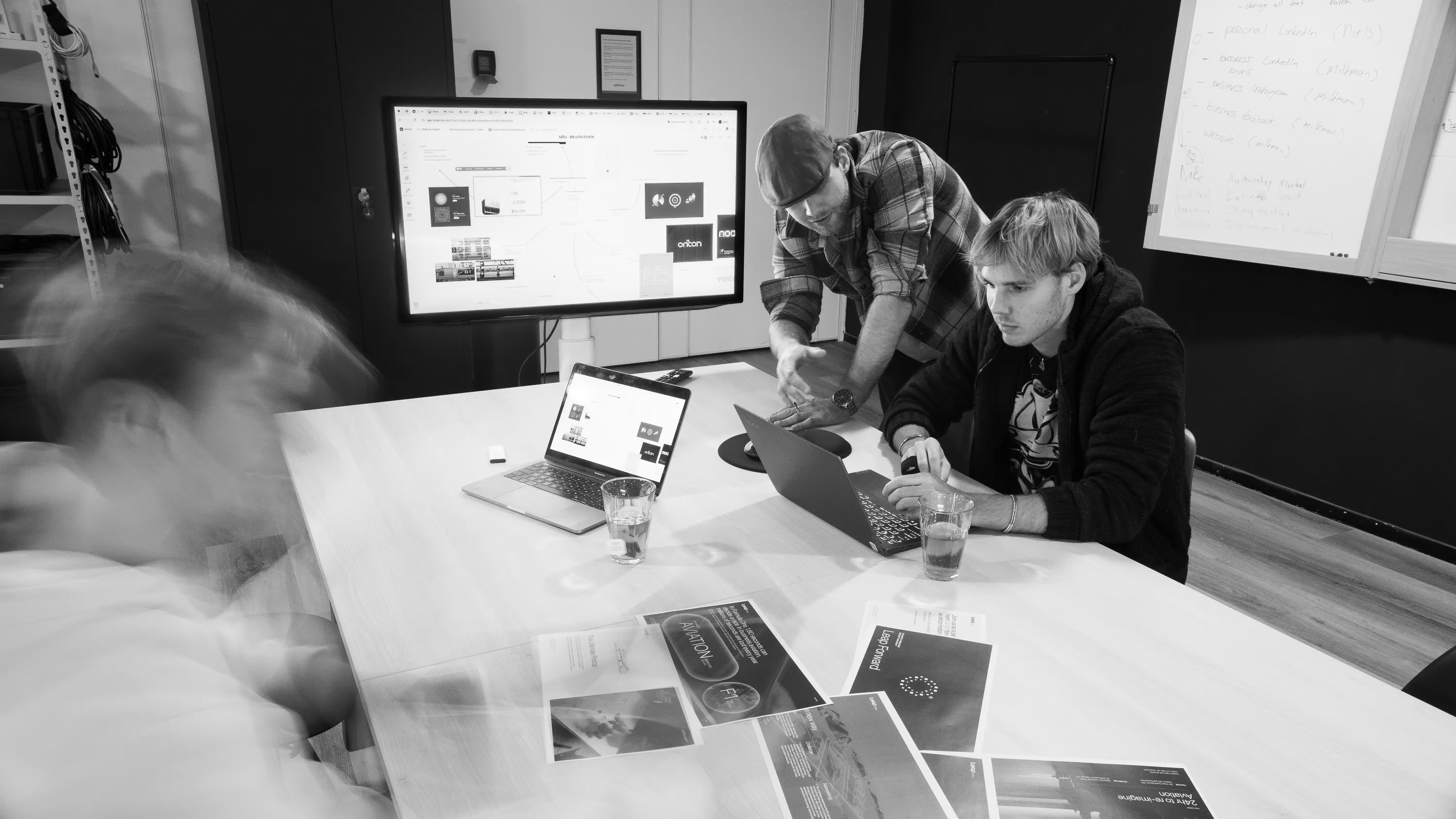If it feels like everyone suddenly became an AI expert this year, you are not imagining it.
According to McKinsey’s 2025 State of AI report, nearly seventy-five percent of companies now use some form of generative AI in their marketing or operations. The race to implement AI is on, but using AI is no longer a competitive advantage.
It has become the new baseline.
And for most brands, it is creating noise instead of value.
The AI Illusion: Fast Answers, Little Originality
Generative AI has turned into marketing’s favorite buzzword. It is brilliant at reproducing patterns, writing emails, drafting captions, and suggesting ad ideas. What it cannot do is create something truly new. It predicts outcomes based on data rather than inventing from imagination.
That can be useful when you need speed, but in DTC marketing speed without originality only means reaching more people with something they forget.
McKinsey found that while adoption of AI has skyrocketed, only a small share of companies see measurable performance gains. The reason is simple. Many treat AI as a shortcut rather than a system. They ask it to create the work instead of helping it work better.
AI can help you move faster, but if you are running in the wrong direction, you only get lost quicker.
The Algorithm Already Knows Then You Do
At the same time Meta has made targeting mastery almost irrelevant.
With the Andromeda update, Meta’s delivery system now handles targeting, segmentation, and scaling automatically. Its Advantage Plus campaigns interpret intent, compare creative performance, and optimize themselves.
Meta’s engineers describe Andromeda as using hierarchical indexing. This allows the system to understand layers of audience behavior and deliver the right message to the right person automatically.
If you are still trying to outsmart the algorithm with complicated targeting rules, you are competing against a machine that sees every interaction across billions of users and improves daily.
Every brand now has access to the same intelligence. The advantage is no longer in finding the right audience. It is in giving the algorithm something worth delivering.
Creative Is the New Performance Lever
Meta’s research confirms this shift. Its study Creative Quality Drives ROI found that creative accounts for up to seventy percent of campaign success, far outweighing audience or placement optimization.
The algorithm can decide who to show your ads to. What determines your results is what you show them.
Many brands still build ads like it is 2019, testing endless headline tweaks or minor visual changes. But the platforms have evolved. Algorithms now reward distinct ideas and authentic creative variety that match different stages of the customer journey.
Your creative system, not your targeting strategy, is now the true growth engine.
The Flood of AI Content Has Made Authenticity the Ultimate Filter
The irony of 2025 is that AI has made content creation nearly free while attention has become more expensive than ever.
Generative videos, cloned voices, and countless product explainers now fill every feed. Most of them look and sound almost identical.
What stands out today is something real and human.
People scroll past perfection but they stop for truth. They pause for the message that feels like it was made by someone who actually understands them. AI can mimic tone and imagery, but it cannot feel empathy, curiosity, or creative risk. Those remain the uniquely human advantages.
The System That Wins: Human Creativity Guided by Algorithmic Efficiency
The future is not a choice between AI and humans. It belongs to teams that build systems combining AI for scale and human creativity for impact.
This is what that kind of system looks like:
- Creative Frameworks, Not One-Off Ads
Develop ideas that connect into one cohesive narrative. Each ad should serve a specific role: curiosity, trust, proof, or conversion. Meta’s algorithm performs best when it receives creative variety that reflects the customer journey. - Feed the Machine with Meaningful Inputs
Provide Advantage Plus with multiple, distinct ad concepts rather than small variations. The algorithm learns faster when every creative represents a different mindset or stage of awareness. - Keep Human Insight at the Core
Use AI to process data, not to define the idea. The concept must come from human observation: emotion, context, and culture. That is what creates resonance. - Create a Closed Feedback Loop
Study which concepts move people from curiosity to purchase and feed those insights into the next creative cycle. This builds a creative operating system that compounds results over time.
The Bottom Line
AI has changed everything, but not in the way most people think. It has leveled the technical playing field. Every marketer now has access to the same targeting, tools, and automation.
Your competitive edge is no longer how you advertise. It is what you say and how consistently your system turns ideas into authentic, connected creative that both algorithms and people respond to.
The DTC brands that survive the next era of marketing will not be those using AI the most. They will be the ones using it intelligently to scale human creativity instead of replacing it.
- McKinsey & Company – The State of AI in 2025: Global Survey Findings. McKinsey, July 2025.
- Meta Engineering Blog – Introducing Andromeda: The Next Generation of Meta’s Ad Delivery Infrastructure. Meta, December 2024.
- Meta for Business – Creative Quality Drives ROI: How Strong Creative Boosts Campaign Performance. Meta Business Insights, 2024.







